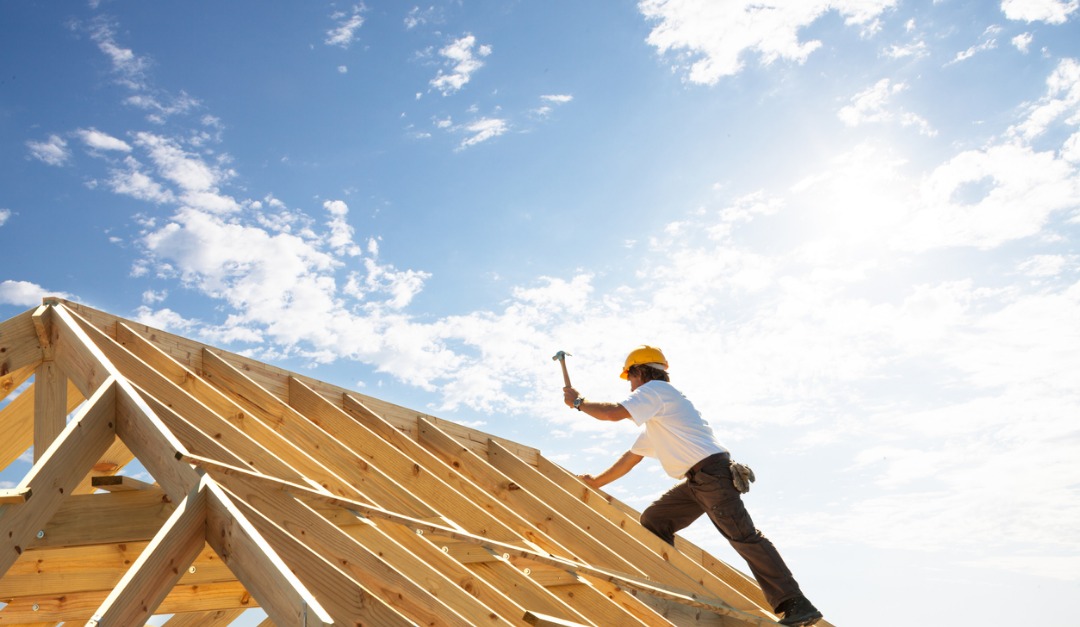
Why Mass Timber Is Expected to Become Canada's Hottest Building Material
There’s one material of which there’s no shortage in Canada, and that’s timber. If used correctly, timber is both environmentally friendly and sustainable. With that in mind, it looks as though it’s primed to become one of, if not the most, popular building materials in the country.
It could even take the place of cement, which emits a large amount of carbon dioxide. Mass timber technology is being hailed as a solution to carbon emissions, and is likely to save money.
Benefits of Wood Construction
Concrete or wood? Although timber fans say that timber homes are just as solidly built as concrete homes, they’re much more quiet. Most of these homes are being built with what’s known as smart wood, which doesn’t have a quick burn time in the event of fire, so these homes are considered to be fire safe.
Financially Feasible
Even though mass timber is more expensive to produce than concrete, there are definite financial advantages. When it comes to home builds, experts say that mass timber has some definitive pluses:
- Structures can be built quickly
- Less weight than concrete
- Less concrete that goes into the ground
- Costs less month-to-month
- Less to purchase
About Mass Timber
This building material is factory made and is dense and fire resistant. Panels are engineered using multiple layers of wood, and they’re extra strong since they’re connected at right angles. Builders and architects are fans of mass timber due to its renewability. The forestry industry has become more environmentally responsible with the advent of new technology and modern practices.
The additional buzz about mass timber in the Canadian construction landscape is that it arrives on the job site already pre-assembled. The material is especially popular in urban areas where construction is most costly.
Natural Fit
The mass timber industry is right at home in Canada with its ample forested areas. It’s gaining steadily in popularity, but mass timber industry advocates say that building codes—particularly height restrictions—across Canada have to change to make it a more utilized material. Large-scale developers need to get on board, as well.
Natural Resources Canada agrees that mass timber structures require less energy to heat and cool. It also stores more carbon, making it a friendlier building choice than concrete or steel.
The Future
As technology continues to develop, the mass timber market is expected to continue to blossom. In addition to creating an attractive, sustainable, safe and environmentally friendly product, mass timber systems also tend to speed up construction schedules—a plus for contractors and consumers alike.

